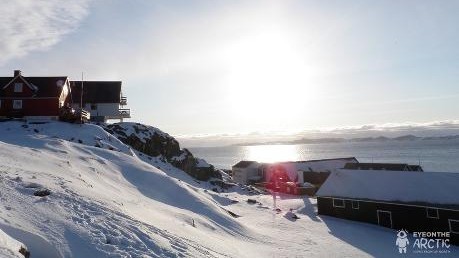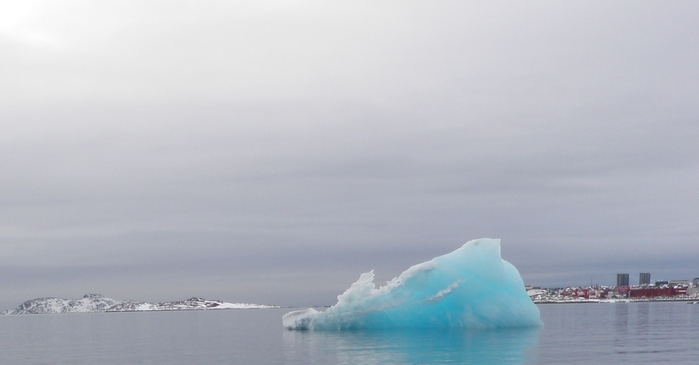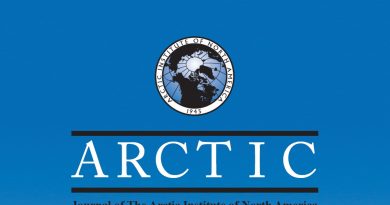Hidden microcontinent discovered between Canada and Greenland

Scientists have discovered a hidden microcontinent in the Arctic between Canada and Greenland, something they say will help us better understand earth’s geological history.
“It is therefore fundamentally important to further study this phenomenon to understand the operation of plate tectonics on our planet,” the researchers said.
The proto-continent was discovered in the Davis Strait between Baffin Island in Nunavut and western Greenland.
In the study, published in the September issue of the journal Gondwana Research, researchers from the University of Derby in the U.K. and Sweden’s Uppsala University said the formations are still not well understood, and that scientists are still working to understand how exactly they form.
Microcontinent is the term used for small pieces of a continent that have broken away, become isolated and are then surrounded by oceanic crust.
Geological transition area
The study describes the Davis Strait as a unique area due to its thick crust, in contrast to the thinner crust surrounding it. It also highlights the Davis Strait’s significant role in the geological processes that led to the separation of Greenland from Canada.
Roughly 223 to 33 million years ago during the Mesozoic and Cenozoic eras, tectonic movements caused Greenland and Canada to drift apart, leading to the formation of the Labrador Sea and Baffin Bay, the study says.
The Davis Strait never fully evolved into a region where new oceanic crust is formed, as tectonic plates move apart and magma rises to create new ocean floor, the paper outlines.
Instead, the Strait acted as a geological transition area, experiencing stretching and breaking of the Earth’s crust, the paper said.

To identify the proto-continent, researchers used tectonic modeling and seismic data, and identified a fragment of thick continental crust within the Davis Strait.
This microcontinent never completely separated from Greenland, but studying it will help provide valuable insights into the region’s changing geology, the paper’s authors said.
Related stories from around the North:
Canada: How these weird round rocks came to be on Canada’s Arctic shoreline, CBC News
Sweden: A group of international researchers has mapped more of the Arctic Ocean floor than ever before, CBC News



